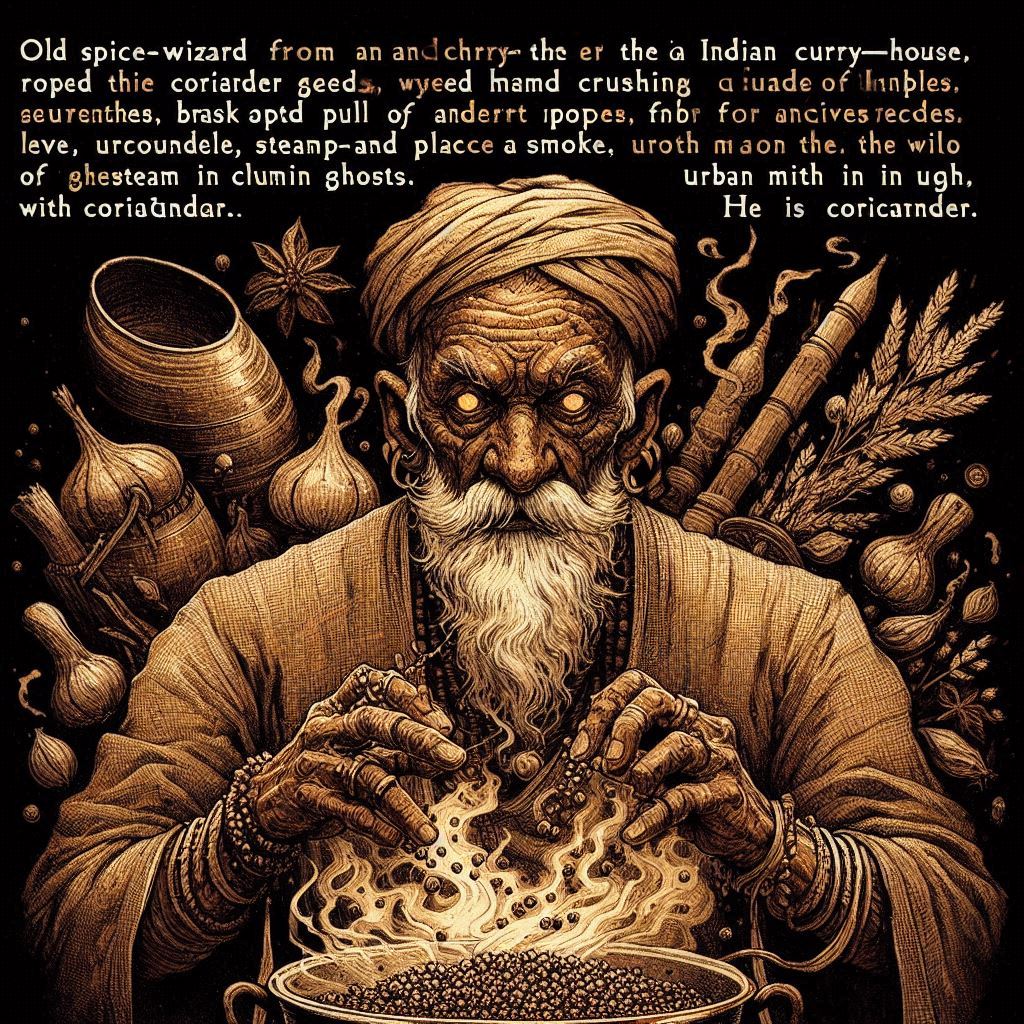Coriander AntiFarma Page

Coriander didn’t fail pharma because it lacked power. It failed because it lacked predictability, exclusivity, and shelf-life.
Too Volatile for Patents, Too Vital for People
Coriander didn’t fail pharma because it lacked power. It failed because it lacked predictability, exclusivity, and shelf-life.
📅 Historical Context
Unlike curcumin, menthol, or even capsaicin — coriander was never truly mined by Big Pharma. Not because it didn’t work, but because:
Its main actives (linalool, geranyl acetate, borneol) are highly volatile, rapidly degrading outside of natural matrix.
The whole-seed synergy seems essential — isolated compounds lose impact.
It works best as a constellation, not a hero molecule.
🧼 No Drug, No Brand, No Buzz
While compounds like thymol (thyme) or eugenol (clove) were bottled and branded, coriander never got its “Lipitor moment.” Instead:
It’s seen as a culinary ghost: too common, too low-cost, too ethnic.
It got left behind in the modern push for profitable molecules.
But underneath that invisibility lies a silent rebellion:
Studies show coriander essential oil performs as well as metformin in reversing insulin resistance.
Coriander seed extract improves lipid profile, oxidative stress, and beta-cell regeneration.
🔹 Attempts That Almost Happened
There are few, quiet shadows in the biomedical literature:
Linalool (primary component) was tested in mice for anticonvulsant and sedative properties. It showed promise — but pharma pivoted to synthetic analogs instead.
Some gut-targeted supplements now include micro-doses of coriander seed, buried among 20 other compounds, as an afterthought.
Coriander appears in Ayurvedic anti-diabetic capsules sold over-the-counter in India and Sri Lanka — but with no pharma interest due to its non-patentability.
🔍 What Pharma Missed: The Hidden Synergy
Coriander doesn’t offer a solo miracle compound — it offers a biochemical team:
Seeds deliver magnesium, manganese, iron, and vitamin K in natural ratios.
Leaves are rich in vitamin C, vitamin A, and bioavailable K1, which modulate oxidative stress and support bile and liver function.
Together, the plant covers phases I and II liver detox, blood sugar regulation, inflammation control, and gut microbial balance.
This “whole matrix nutrient intelligence” is almost impossible to replicate in isolation. Like parsley, coriander offers nutrient clustering, but its uniqueness is how fast it degrades when split — a chemical community that collapses when pulled apart.
🕵️♂️ Hidden in Plain Sight
In truth, coriander may be too foundational to exploit. It belongs to a class of herbs that:
Regulate rather than suppress.
Stabilize instead of spike.
Whisper where pharma wants to shout.
This makes it:
“Too slow to sell, too old to patent, too complex to bottle.”
Exactly the kind of medicine our systems now need.
🔄 The Hack: Kitchen Pharmacology
For those in the know:
Daily coriander seed infusion (1 tsp crushed + hot water) is used in Persian and Turkish medicine to regulate blood sugar.
Coriander tea + fennel + cumin is a known anti-bloating, anti-anxiety tonic.
Cilantro leaf + chlorella protocols have been used in DIY heavy metal detox regimens, based on early animal studies showing partial metal excretion (e.g., mercury, lead). While not formally validated in large human trials, cilantro may support detox by stabilizing the gut barrier, boosting bile flow, and assisting liver clearance — more helper than hero.
The “Muddy Middle” — and Real Life
.
🌱 The AntiFarma Verdict:
Coriander wasn’t rejected. It was simply uncontainable.
It doesn’t want to be bottled, boxed, or branded. It wants to be brewed, sprinkled, and remembered.
“This isn’t medicine that fits into your glovebox. This is medicine that sits in your grandmother’s mortar. Pharma couldn’t break her down — so they passed her by.” — Dr. Deepak B
